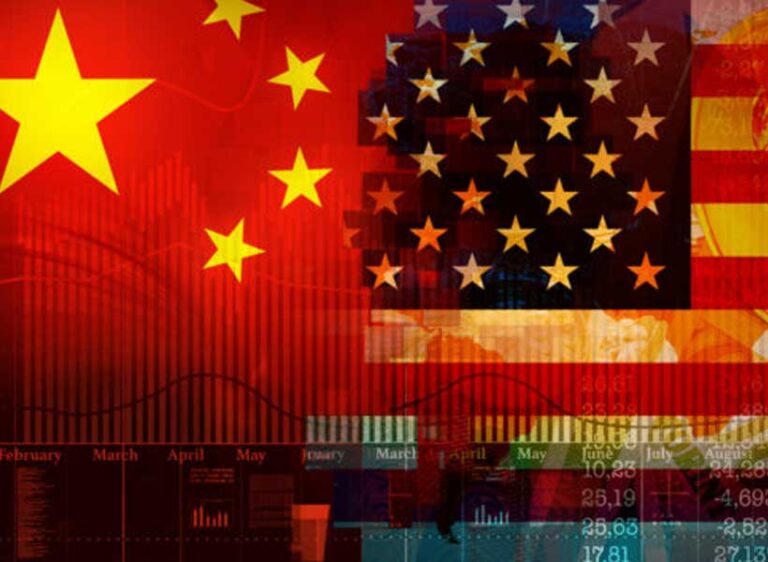twenty onecent The geopolitics of the century revolves around the strategic competition between the United States and China. China’s expanding economy and influence threatens US hegemony in the region. The United States, the only superpower since World War II, is reluctant to allow China to increase its influence. This competition has led to a new Cold War scenario and has put other countries in a precarious position. This sudden change has contributed significantly to tensions between the two developing countries, which are dependent on world powers, and casts doubt on the future of competition between world powers. The upcoming US election will shape the debate about the future of global power competition. Both Trump and Harris, who are vying for the presidency, have taken similar positions on China as a potential danger to U.S. interests in the region.
The Indo-Pacific region has emerged as the most prominent region of geopolitical competition, with China significantly expanding its influence. Regional countries are increasingly interested in China due to economic interests, changing the power dynamics in the region. The United States, through QUAD and AUKUS, has been working on a coalition mechanism to counter Chinese influence in the region. As a result, the ongoing U.S.-China competition has completely changed the geopolitical landscape in the region. The United States has also imposed heavy trade tariffs on China as a means of countering China’s economic development.
China is rapidly developing in various fields such as technology, energy, artificial intelligence (AI), biotechnology, information science, and semiconductors. China’s growing influence in these areas signals China’s growing global power. The United States, which aims to prevent China from achieving its technological ambitions, is particularly concerned about China’s five-year economic plan for 2021-2026, which makes AI a top priority. Although tariffs alone may not prevent China from developing new AI-driven military technologies, the United States may explore alternative strategies to counter China’s technological rise in the future. China is strengthening diplomatic and economic ties with Russia, Latin America, Africa, and the Middle East, making it difficult for the United States to isolate China diplomatically. The Russia-China alliance poses a significant challenge to the United States and could set the stage for a new Cold War scenario. Meanwhile, the United States accused China of using “debt trap diplomacy” to pressure developing countries.
Developing countries are reluctant to choose between the United States and China in a strategic conflict. This is because there are benefits to be gained from both countries. China for Pakistan All-weather friend On the other hand, the United States is also a strategic partner. Pakistan maintains strong relations with both countries. As a close ally, China supports Pakistan through economic projects such as the multi-billion dollar China-Pakistan Economic Corridor (CPEC), part of China’s Belt and Road Initiative (BRI), which aims to promote Eurasian economic integration. are.
Meanwhile, the United States is providing economic and military aid to Pakistan in order to stabilize its economy. This is different from Russia, which has been sanctioned by the United States and currently receives economic support from China. Meanwhile, Pakistan remains completely dependent on the United States for its economic balance. CPEC poses a threat to the US in the region as Pakistan is of paramount importance to the US due to its geopolitical position. Therefore, Pakistan should be wary of both China and the US and be careful not to take sides. By balancing diplomatic relations, economic cooperation and focusing on peaceful relations, Pakistan will be able to establish a relationship where growth and stability are prioritized. In this way, Pakistan will engage with both countries by providing them with good opportunities for mutual benefit without getting drawn into an international power struggle.

